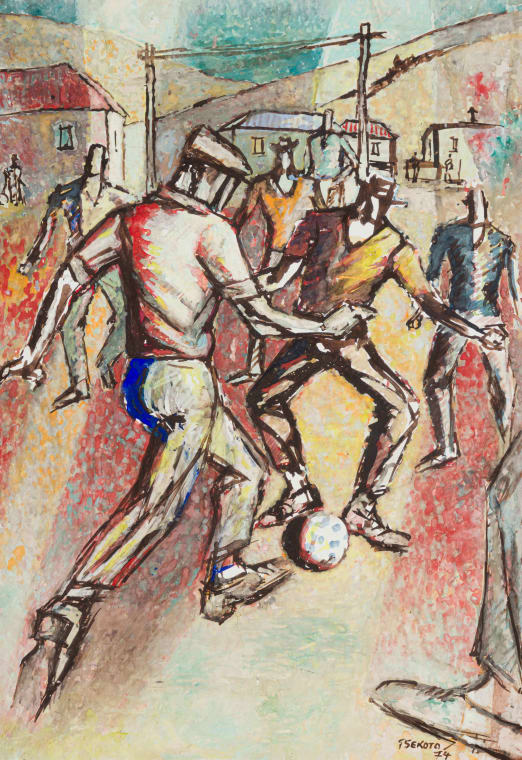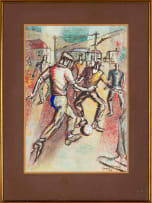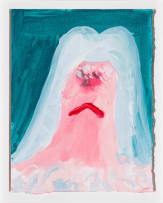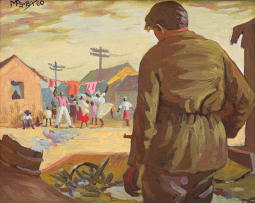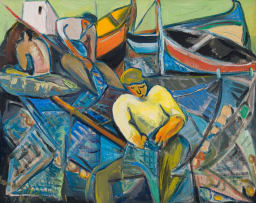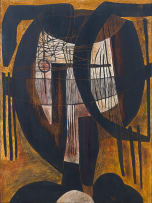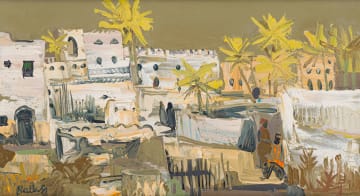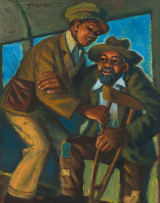Perspectives on Africa
Live Virtual Auction, 17 February 2025
Perspectives on Africa
About the SessionStrauss & Co is pleased to present Perspectives on Africa, a sale that explores the complexity, beauty, and fluidity of perspectives through African art and works by artists with strong ties to the continent. The sale coalesces the rich and varied connections between Africa and its artistic expressions, presenting works that span figuration, landscape, and abstraction, inviting collectors to engage with powerful narratives emerging from Africa's evolving perspectives. The works reflect layered meanings, both as a method of representing depth and dimension as a way of framing our understanding of the world. Work by Contemporary artists reflects on the historical foundations of Modernist artists, exploring themes such as identity, belonging, urbanisation, and re-encounters with tradition, while the sale transitions to Modernist interpretations of Africa, exploring the complexity of colonial encounters, post-independence aspirations, and indigenous practices. Building on Strauss & Co’s commitment to developing a strong local photography market, the sale includes an artist focus on the work of social documentarian Paul Alberts, whose images captured poignant narratives of everyday life, particularly in Cape Town. These works sit alongside David Goldblatt and Zanele Muholi, whose visceral images explore themes of identity, social justice and the multifaceted realities of African life.
About this Item
signed and dated 74; inscribed with the artist's name and the title on the reverse
Provenance
Collection of Gregoire Boonzaier.
Notes
Gerard Sekoto was a master of light and colour, and in the present lot, the warm and earthy palette vividly conveys the heat and vibrancy of township life. Township scenes were among Sekoto's most significant and enduring subjects. Initially explored during the 1930s and 1940s in South Africa, they were revisited throughout his career, even while living and working in France. This work, created in 1974, encapsulates the artist's ability to bring movement and rhythm to scenes of everyday life.
